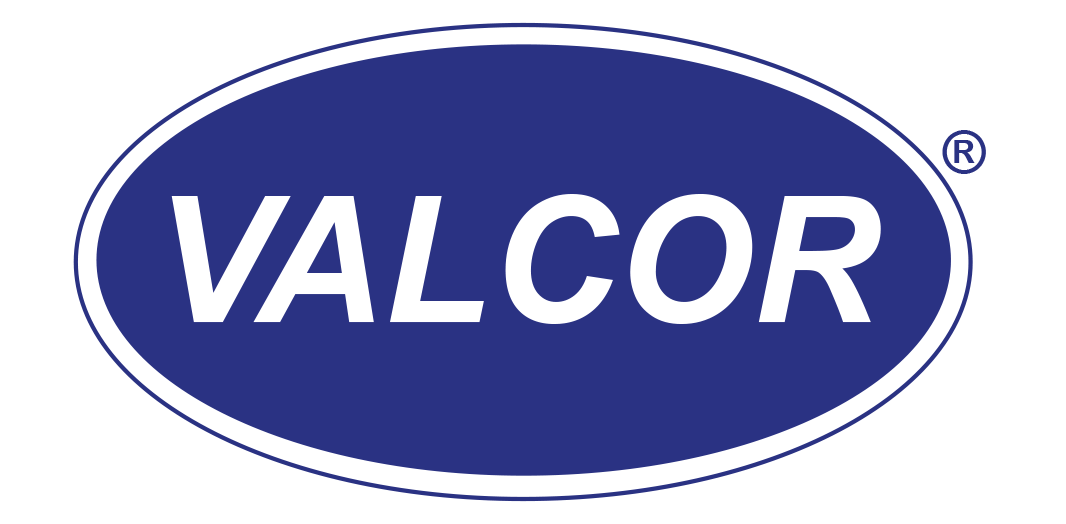Published on: January 9, 2020
Thrust in Space
The Nuances of Thruster Valve Design
Applications for thruster valves are growing daily. More and more companies are designing rockets, satellites, and reusable space vehicles that require thruster valves to position, maintain, or change vehicle orbit in space. In particular, launch systems designed to place small, micro, and nano satellites into orbit are proliferating. This new generation of satellites is designed to provide everything from communications, imaging, GPS, weather forecasting, climate change monitoring, and even monitoring of farmland irrigation and fertilization needs. The demand for space-based images especially drives the need for more imaging satellites.

The thruster valve plays a crucial role in the guidance and positioning of space vehicles, rockets and satellites. The thruster valve must reliably respond to commands from the vehicle guidance system to fire when and for as long as needed to move the spacecraft to a different position. When needed, thrusters do not normally fire for long periods of time. Rather, they are fired in short bursts to control the vehicle position. Since there is no friction in space, a short burst of a thruster results in the creation of motion in the appropriate direction. Once in motion, the vehicle will continue to travel until other thrusters are fired, creating a braking action to slow or stop the vehicle from moving. For example, a satellite in geosynchronous orbit may need its orbit tweaked occasionally to keep it in the right place relative to the surface of the earth. On the other hand, surveillance satellites need to drop to a lower orbit to take images, then raise to a higher orbit to keep them out of harm’s way. For a thruster to do its job reliably, the valves that are part of it must be extremely reliable, and accurately respond when needed.
“The design of a thruster valve is no small feat,” states Rich Kelly, Senior Project Engineer. “Many application parameters must be carefully considered before the design process begins.” Typical information required includes fluid pressure, maximum flow, pressure drop, and end connections. Voltage and current limits are also important, since all power for the solenoid valves is provided by solar panels connected to storage batteries. The media is also critical. Thrusters use several liquids to create hot gases to propel the vehicle, including hydrazine, hydrogen peroxide, and nitrogen tetroxide. Smaller satellites use cold gas, typically nitrogen. When the application calls for hydrogen peroxide, special precautions are taken, as hydrogen peroxide can cause corrosion of the solenoid valve components.
For reusable space vehicles, eliminating corrosion is imperative in order to provide a long operating life without the need for servicing the valve. Valcor’s extensive experience with designing solenoid valves for corrosive propellant service enable its engineers to draw on a wide array of metals and trim materials in which to use for a thruster valve design. Valcor’s experience with these materials shortens the development time for the valve, as material qualification is kept to a minimum. Size and weight must be minimized, as there is very little room available for the valves among the multitude of other components in a space craft. Thruster valves can be as large as a three-pound coffee can or as small as a match book.

Another factor for consideration is the amount of vibration to which the valve is subjected. The valve must remain closed during the extreme vibration created during the vehicle launch. If the valve leaks, precious media is lost. With extensive experience in dealing with shock and vibration, Valcor can speed up the design process of the new valve by minimizing the need for shock and vibration testing.
Recently, Valcor partnered with a well-respected veteran of the space industry to create a thruster valve for a new reusable space vehicle. The customer had already selected a valve supplier and incorporated that supplier’s thruster valves into their design. However, the customer had some reservations about their selection and turned to Valcor Engineering for an alternative. There were substantial constraints on Valcor, as the project was well underway at this point. The size and configuration of Valcor’s design had to fit the existing design of the system. Further, the customer needed to go into production in an expedited time, so there was precious little time to design, prototype, and produce the new thruster valve. Valcor undertook the project and is fast-tracking the design and development of a thruster valve that meets the tight schedule requirements.
With many projects, Valcor’s initial focus is on the design and manufacture of the solenoid valve, but by closely partnering with the customer, Valcor often expands the scope of the project by taking on the design of the sub-system or entire system in which the valve is used. The result of this design effort is a fully assembled and tested system that saves the customer time, effort, and cost in the manufacture of their vehicle. How can Valcor Engineering help you with your valve project?

Recent Comments